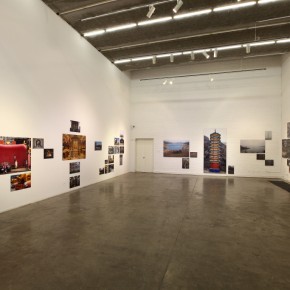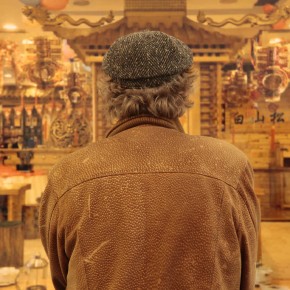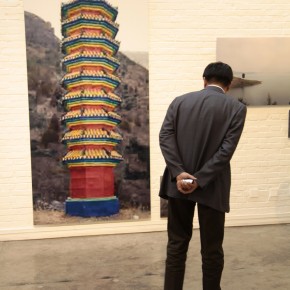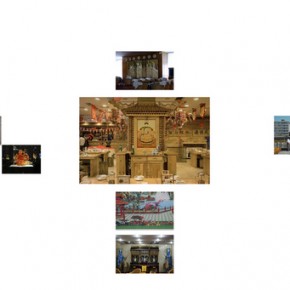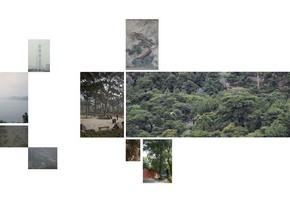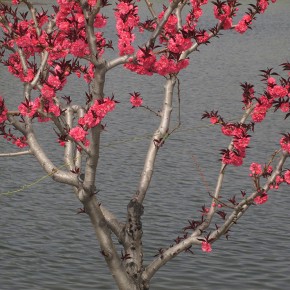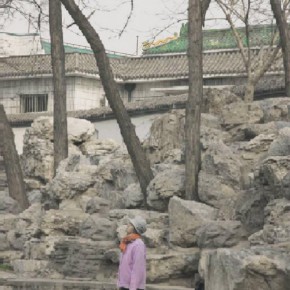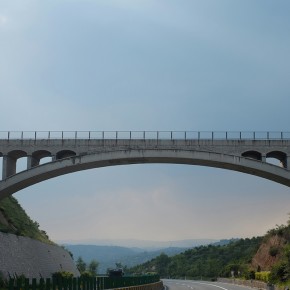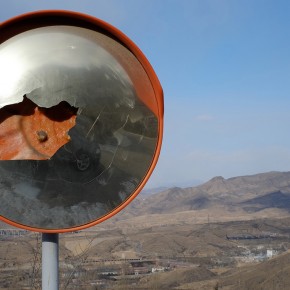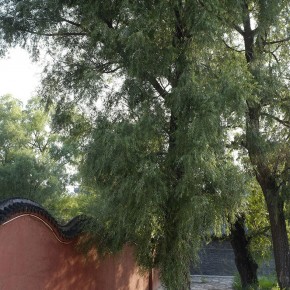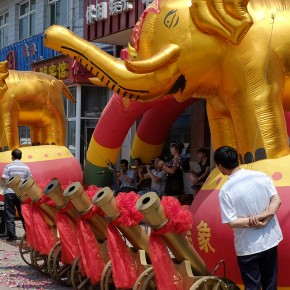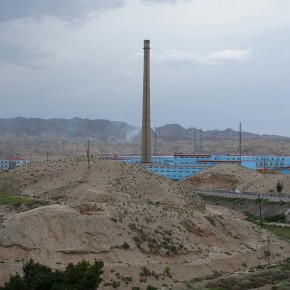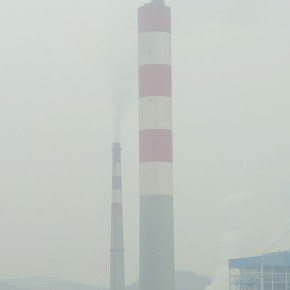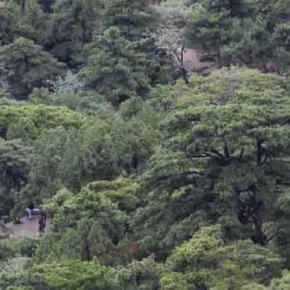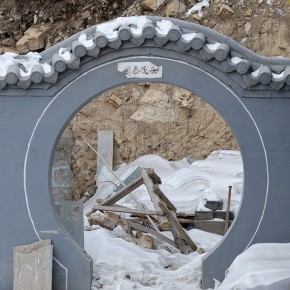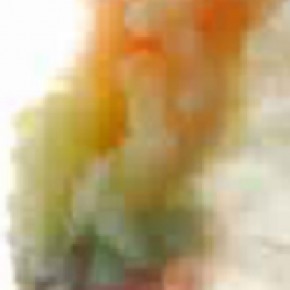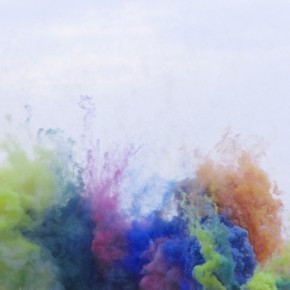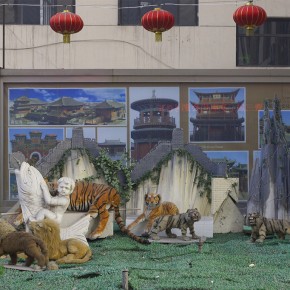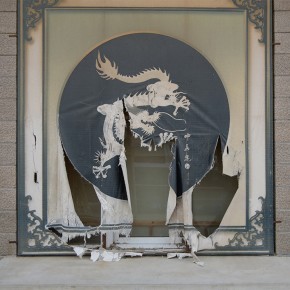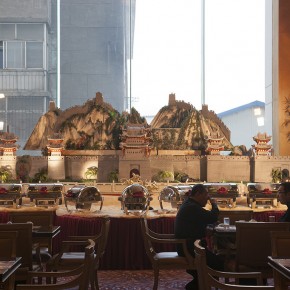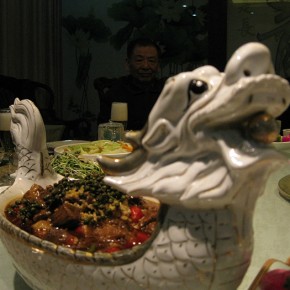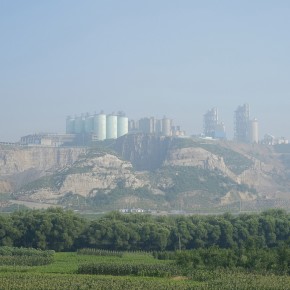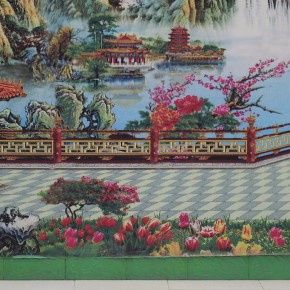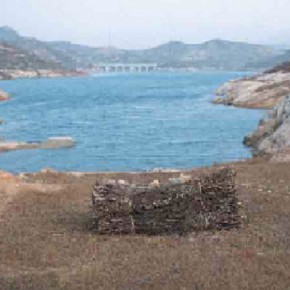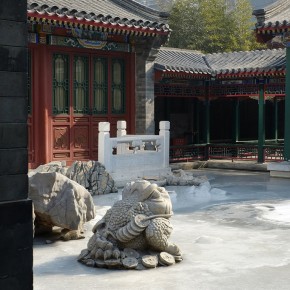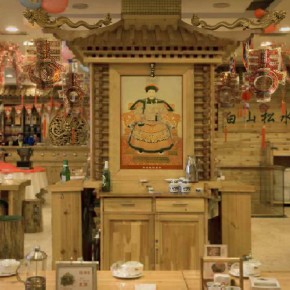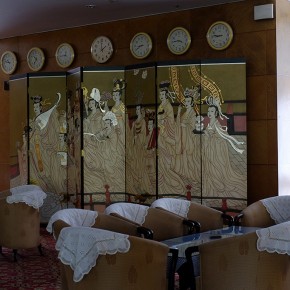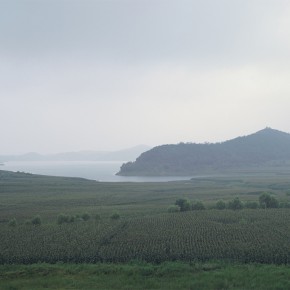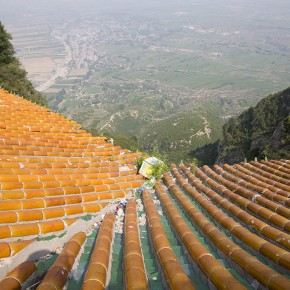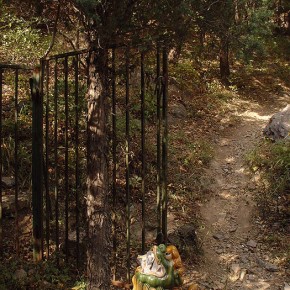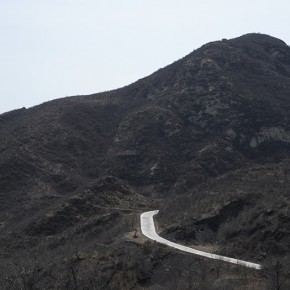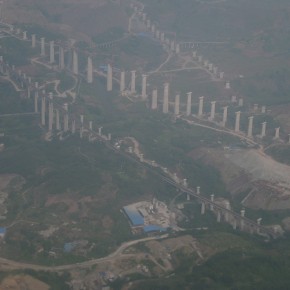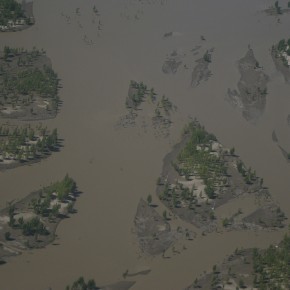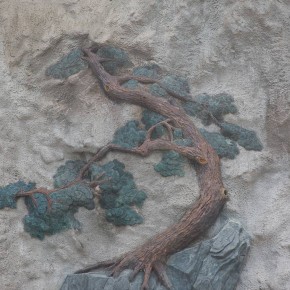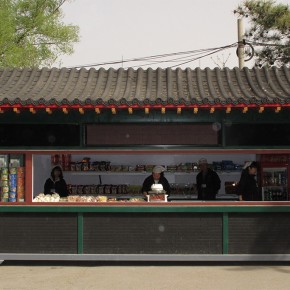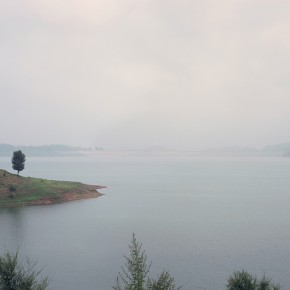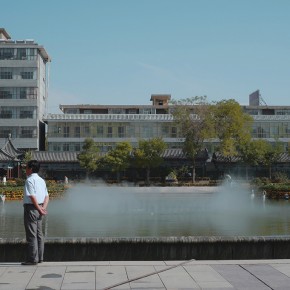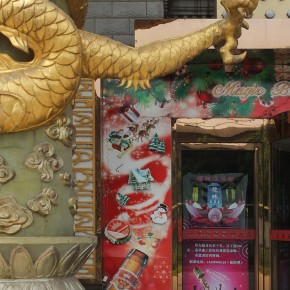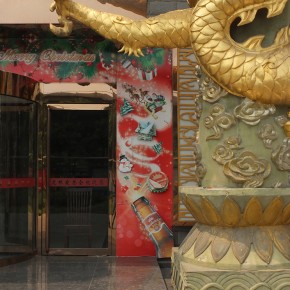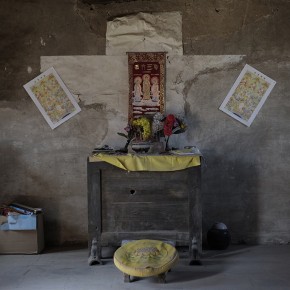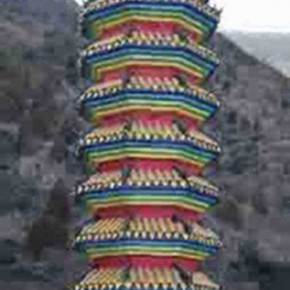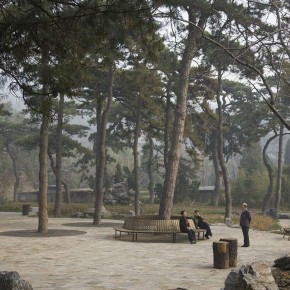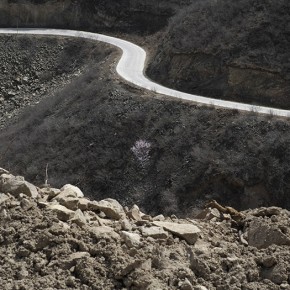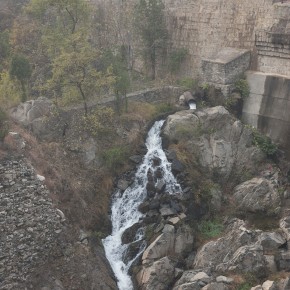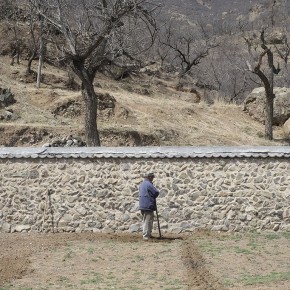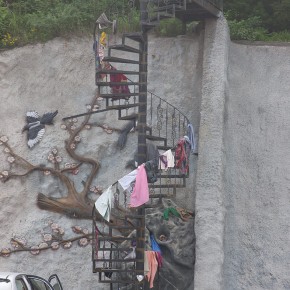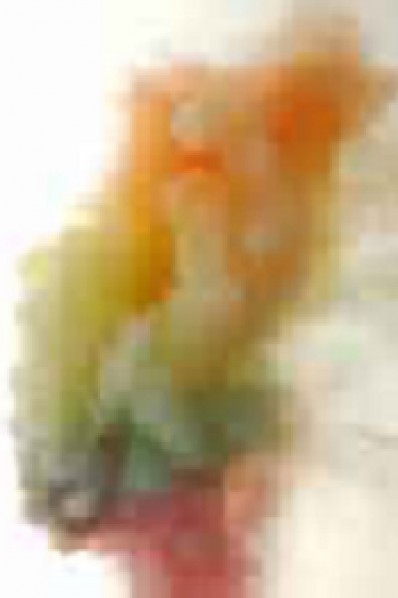
Back to the Daily By Wang Chuan
Going out
The experience I learned while painting since I was young makes “going-out” become a kind of habit, cause I was told on various occasions, everything outside, is to learn painting or for personal experience, is of paramount importance. In the era of sketchbooks, all the world is transferred onto paper through the system combined with eyes—the brain—hands, also left in the memory. I believe in this system, in order to record as quickly and accurately as possible, while learning techniques, figuring out the style, I must have missed so much watching. Of course, it’s exchanged by more in-depth observation and characterization on those chosen subjects(sometimes typed). My system develops continuously with such a long-term sustainable cultivation. This can bring much confidence and a sense of accomplishment. Afterwards, I slowly understood that those left behind, are not the memories of the world but my tracks. Even so, I have no complaint about this period at all, often I even miss it.
Changing System
The fade-out of this system begins with film cameras while ends with digital cameras. The new system replaces the former one, it is eyes—the brain—machines (including the computers). The difference lies in that, in the first system, although we must constantly rely on practices and learning to attain skills, it is always something grown in the body which is controllable, while the later machine is totally strange. To develop an understanding and grasp its process, is not easier than the acquirement of painstaking craftsmanship. The photographic system seems to further encourage “going out”, because it excels in “bringing back”. Today, the problem rests with bringing what, to whom, and how. Whether looking around with the camera, or turning on the computer facing layered folders, I can feel the existence of these issues at all times—today, this system is almost the noumenon we watch. When looking back at these photos, I am convinced that what are brought back was not only the shadow of the world, but also myself there and at that time. However, this series “then and there” constitutes the accumulation of vicissitudes, furthermore it once again links up my personal tracks.
On the Way
The reason I go out is because everyone says the scenery is from the road, which I think remains the same, the premise is that you need to get prepared, for instance, you need to make appropriate adjustments for the definition of landscape. Therefore I still have a reason to go out, and I can stop at anytime on the road to take a picture. I realized after a long time that the key to complete this conversion is to give up “the goodliness”. You should not dwell on the past here or what used to be five years or ten years ago. Scenery does not vanish, instead, most is split into numerous fragments by railways, highways, bridges, pipes, wire, fences...Regarding this, anyone who enjoys all of the comforts, conveniences and efficiency provided by modernization has no rights to simply criticize and complain about things, whether wire poles or highways. Of course, sometimes the ideas will occupy the mind, when its important to retain the proper sense of humor and imagination, equally important as the heavy sense of history. On the barren plateau from Ningxia to Gansu, stand hundreds of wind turbines, which look slim and blinking ten kilometers away. But if you walk through them, the huge weight and scale of the project are enough to make people feel oppressive and shocked. To be honest, I would rather accept the land with them. It takes over four hours to drive on the national road from Lanzhou to Linxia, on this road I have the most picturesque memories of the Northwest countryside. Nowadays, it’s shortened by the expressway, accompanied with strangeness grazing the top of trees which never happened to me before. This kind of feeling I think can be regarded as the new chapter and extension of the memories of the past. Therefore, if I see the chimneys standing alone in the wilderness, probably I will not use photography to shadow it, and I may choose to put it in the center, the true centric, today it is the landscape, the scenery throughout the journey.
Still, there is something existing in reality, which never amounts to scenery.
Early in August, I drove across the loess plateau with a profusion of wild vegetation along Zizhou section of Wuding Expressway, it seemed that the virescence in Northern Shanxi has paid off. However, when I turned to the national road from Suide to Mizhi, in the blowing dust, what gradually seemed clear were crowded carved stones and lithoglyphs, both large and small along the road. Standing there, they blocked the crops and distant sight lines behind. These unicorns and lions, dragons and elephants, pavilions and arches, tombstones and tablets, Buddhism and forerunners, either arranged as soldiers, or cross-stacked as stone riprap. The white powder of stone spreads high in the air, confronted with overloaded heavy trucks roaring end to end, flashing into the signboards of mutton noodles. On this journey I found myself completely “jumped through”. I took a lot of photos, but I could not conclude them into the scenery. I shoot cause I thought I have found the origin of the phenomenon of carving stone I had seen in front so many temples and township authorities, meanwhile I intended to leave the trigger of memories for this kind of experience. More than a few towns choose to define themselves as the “hometown of the Chinese stone inscription”, presumably many local economies have benefited from this. The phenomenon cannot be explained by the “prosperity” in front of us or “achievements” flourishing everywhere. But for me, there are few ways to accept this reality, photography is my first choice.
Temples
When I shot the series of “Refocus: Dragons”, I came to realize my opposite, behind the dragons is the complicated social history and human beings, and I am also living among them. Perhaps it is because the camera is always able to make people gaze into the transient cracks of appearances, and thus get a second chance to hit the essence behind. Despite knowing that it is inevitable to look at a leopard through a tube(have a limited view of something), we tend to increasingly pursue it with cameras. As a former totem, a symbol of rights and wealth, the dragon ceases to represent ethnic groups, dignity and strength of the past. It has nothing to do with this, cause reverence has already gone. In current social reality in China, the universality of this disappearance makes the frustration of the dragon nothing but a typical representative.
I have always been fond of temples, whether they are Buddhist or Taoist, or even civilian ancestral halls, also including western churches that I later visited. Since there is always a special atmosphere in my memory, two different worlds are separated only by a wall, Today, however, this kind of difference has disappeared in most of the temples. Even though I like to go to such places, I’m totally disillusioned about experiencing that kind of atmosphere again. Another reason is that, a complex, mixed feeling has driven me to walk into the gates of every temple I pass through, regardless of their situation even if they are bustling or shabby in solitude, even in my opinion they are vulgar, ugly or provided with lasting appeal.
I have seen, from the Buddhist temple on Wutai Mountain to the Taoist temple on Wudang Mountain, the lions in front of their gates, the stone inscription on their handrails are becoming indiscriminate, while the fake plastic flowers outside the halls are indistinguishable. If you have not seen the colorful sculptures in Shuang Lin Temple, then many of the Arhats and Four Kings in front us may be pleasing to the eye for the magnificent and colorful appearances, I believe that in the minds of our offspring, sooner or later, they will become “authentic”. But the problem is that their images are unforgettable. From the once embittered mind to the inspiration that I do not miss every opportunity to witness and record, I really do not know whether my mentality has already completed some kind of distortion, so that I simply do not even attempt to take pictures at unique temples such as Nan Chan Temple, Fo Guang Temple.
At the foot of Qilian Mountain, in the west of Yongchang in Gansu Province, Liqian Ancient City( a county in Han Dynasty) was opened before it was accomplished. It is said that there was a group of East Roman mercenaries that felt war-weary and fled to the east, they stopped here and integrated with the locals. Not only a special ethnic group with long noses and deep eyes flourished here, but it also left so-called version of “Liqian Culture”. Today, for any region this kind of argument is a rich present of history. As long as there is even a few words implicated with historical anecdotes in China, it can be excavated and enhanced to the utmost. But things did not go as a matter of course and become predictable. The Liqian City in construction, when confronted with the combination of ancient ramparts, Jinshan Temple, Veda Buddha in the square and ancient Roman Pantheon, our absurd reality once again was “creatively” exceeded and enriched. The interior decoration was intensely carrying on in the Pantheon, near the golden roman pillars, the golden body of Buddha was covered by the last layer of plastic sheeting, the Clairvoyant and Clairaudient in the shadow behind the gate have been ready, there’s no difference where they were going to be placed. The over ten-meter high thing was wrapped hermetically in the middle, this time I just give up any imagination in vain, I really need to get an opportunity to see the item again personally.
Daily
“Creation” this word has long been deeply implanted in the thinking. In the system of painting, it exists in different levels from the sketch, and is mostly about something “bringing back”. This preconceived idea has been transformed into accustomed established formula, as if creation can only be carried on after “entering the realm”; Meanwhile the standard creative mode in photography is “going out”. Interestingly, many often have to re-emphasize “creation” again. For me, with the erosion of the first mode, the second mode is not able to replace it at all. I have these two suspicions for one reason, these two modes have a common characteristic, that is the practice of art(creation) is intentionally or unintentionally limited in a special time span or place, or a fixed pattern(posture). Even today, with signs such as photographic copy of the external characteristic of the arts, on a practical level, they are completely different. If you happen to choose the way of “statue” , then this process is almost close to painting. Therefore, the importance is not “going out” or “bringing back”, but whether you are thinking about art.
Photography can be a very unusual multiple system. In the present digital world, numerous photography projects regardless of cost have indeed led to “fear for images”, and then came a large number of electron images—we call it poor images—which contradict and contempt. But this does not mean the existence of the phenomenal results in the exclusive outcome, cause there’s no inescapable causal relationship in the process. Meanwhile in the age that the garbage itself has become an important object of art, we have every reason to believe that poor images themselves will have their visual significance, for they are the integral parts of society today. So finally in some moment, some kind of inspiration and invitation sent from the accumulated images in the computers will become clear, which convince me that photography is really capable of playing the “daily” significance to the extreme, pulling me out of the conventional routine of “creation”, back to the daily being I’m always in.
For the past few years, the continued focus on “the realistic existence of Chinese tradition” has left too many images in my computer, some of them have become “Eight Great Sights of Beijing” and “Refocus: Dragons”, but more then tens of thousand of photos are left “unattended”. However, even in the silence, the strength of images are saved to start out. They quietly transfer into some intangible things affecting me, provided that I want to see them. This is a kind of proof, they are increasingly clear to me, and I feel a kind of universality from reality through these photos I brought back intentionally or unintentionally from these different places. This is the reality of today’s China I always come across in exclusions and contradictions of concern. This awareness has gradually become my visual choice in this period, which brings me towards chances one after another, then I have a glimpse of the huge entity through the slices I collected. In Yongchang, I once again experienced this inexorable law “from the presence” , facing these exotic slices, I feel surprised yet so familiar.
All these years along with photography, I experience periodical changes of thinking, it will be the case in the future. I believe as long as the purpose is justifiable simply, as long as the practice of art and life itself can be maintained a smooth relationship, then the interaction between the individual and the media can be totally worth looking forward to.
11 September, 2013
At Wangjing
About the exhibition
Duration: 19 Oct - 28 Dec, 2013
Venue: Pekin Fine Arts
Address: No. 241 Cao Chang Di Village, Cui Ge Zhuang, Chao Yang District, Beijing.
Courtesy of the artist, for further information please visit www.pekinfinearts.com.


